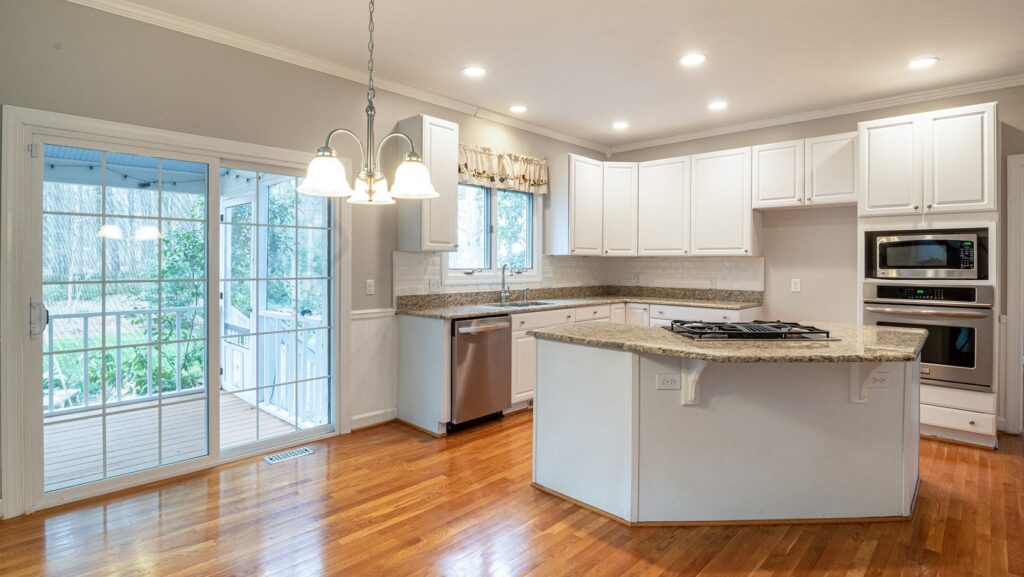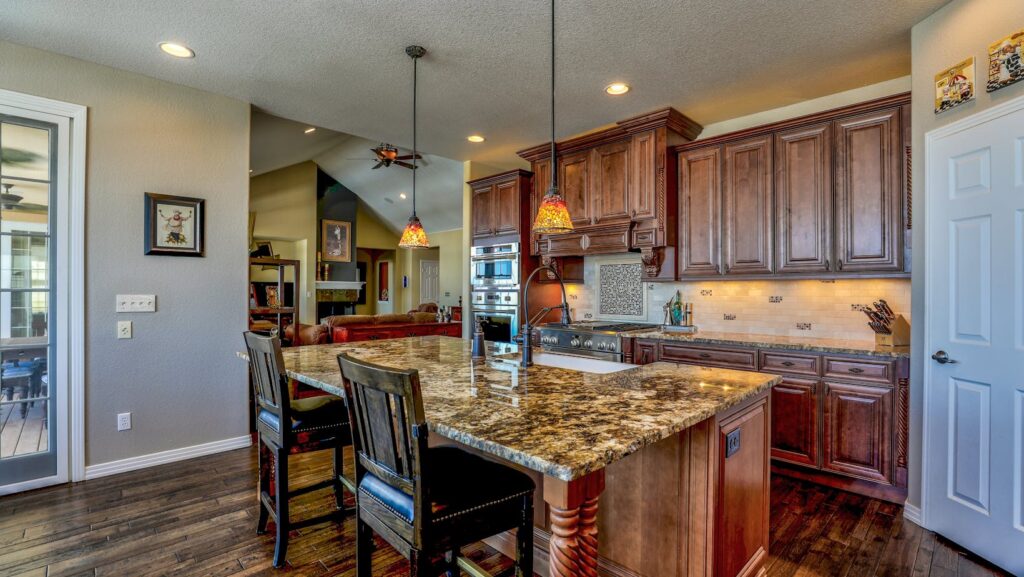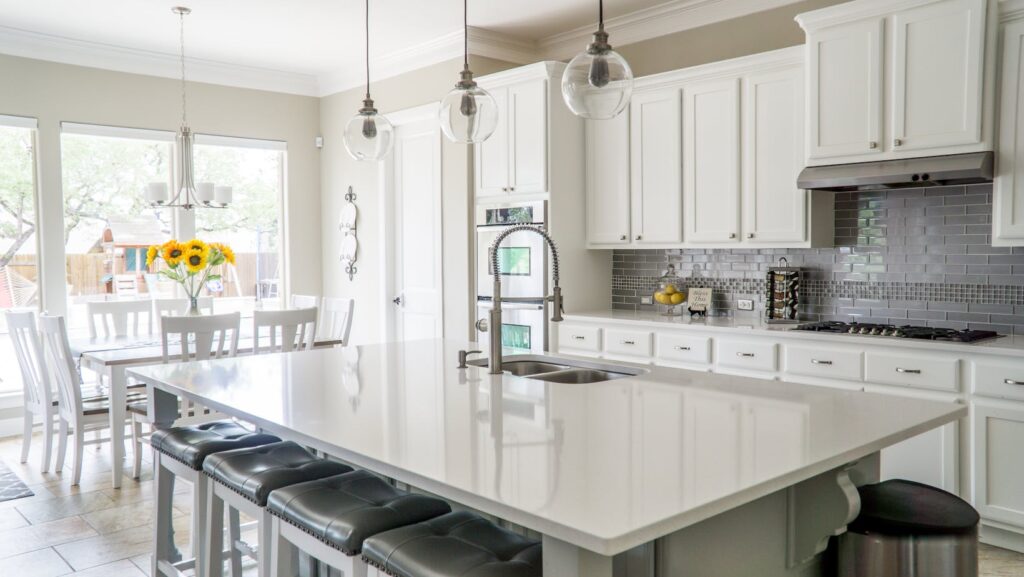Ever stare at that awkward corner cabinet in your kitchen and think, “There’s got to be a better way to use this space?” You’re not alone. Corner cabinets are notorious for being challenging to organize and access, often becoming a graveyard for forgotten canned goods and rarely used kitchen gadgets.
Corner Cabinet Storage Solutions
Let’s delve deeper into understanding these storage solutions. We’ll shed light on the difficulties you may face and the myriad techniques you can employ to make corner cabinets your kitchen’s allies rather than its obstacles.
The Challenge of Corner Cabinets

The notorious corner cabinet, often dubbed ‘the Bermuda Triangle of the kitchen’, presents a twofold problem. First, its remote and inconvenient placement makes it difficult to reach, easily leading to a mess and jumbled items. Second, its atypical shape often causes difficulty when trying to fit conventional storage solutions, such as racks and organizers, inside.
L-shaped, blind corner, and base diagonal are just a few examples of corner cabinet variants. Each poses its own unique challenge. For instance, blind corner cabinets, so-called as they remain out of sight and hard to access, often have hidden recesses that become unintentional waste of kitchen space.
Key Considerations Before Choosing a Solution
Space Optimization
Make no mistake, space optimization is a vital criterion while choosing a corner cabinet storage solutions. Let’s consider for instance, the Lazy Susans. These circular platforms rotate, ensuring that you can easily reach items stored away at back corners. Alternatively, products like Pull Out Drawers allow for categorized storage. Regardless of the solution selected, ensure it provides an organized layout, reduces clutter, and maximizes the potential storage capacity of your corner cabinet.

Select storage solutions offer improved availability of items. For instance, Swing Out Units extend out of the cabinet, bringing items stored on its shelves into clear view and easy reach. Similarly, Magic Corners swing open to reveal hidden compartments, ensuring that no space is wasted and anything stored is easily accessible. Ensure your choice of solution can provide for easier access to the stored items.
Installation Tips for Corner Cabinet Storage
DIY vs Professional Installation
When installing corner cabinet storage solutions, choosing between a do-it-yourself approach and hiring a professional largely depends on one’s ability and comfort with handling tools.
In the case of DIY installation, the primary benefit lies in the potential cost savings, especially for those comfortable with DIY activities. A basic understanding of carpentry, correct measurements, and a clear vision of the desired outcome are vital to success.
On the other hand, professional installation tends to offer a higher assurance of correct fitting and optimal functionality. It typically leads to a more polished final product due to quality workmanship and experiences, albeit at a higher cost compared to DIY. For complex solutions like Magic Corners or Swing Out Units, professional help might be beneficial despite the additional costs.
Essential Tools and Materials

Regardless of the chosen storage solution, a collection of specific tools and materials are required for installation. For most solutions, a drill, screwdriver, tape measure, and level are fundamental tools. Sometimes, having a stud finder might come in handy.
For Lazy Susans or Pull Out Drawers, additional materials are often needed. These may include additional brackets, screws, or mounting hardware.
Remember, regardless of the chosen approach, the installation process becomes less daunting with careful preparation, accurate measurements, and a detailed plan. Also, always prioritize safety during installation. Properly secure all tools and materials, and use safety gear, including gloves and goggles, when necessary.
What You Need To Know
So, we’ve tackled the beast that is corner cabinet storage solutions. We’ve explored Lazy Susans, Pull Out Drawers, Magic Corners, and Swing Out Units. We’ve weighed up the pros and cons of DIY versus professional installation. We’ve even touched on the tools you’ll need if you’re brave enough to take on the task yourself.
